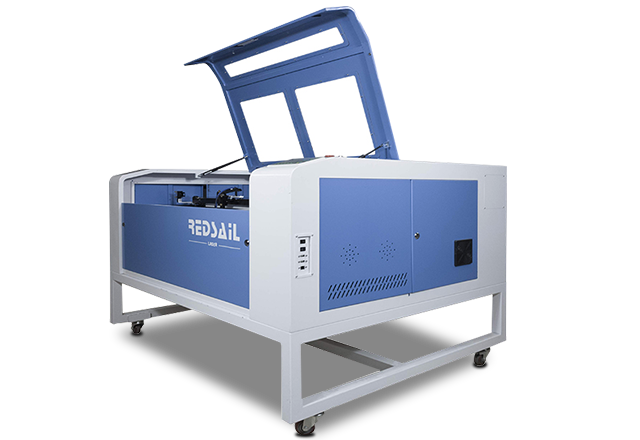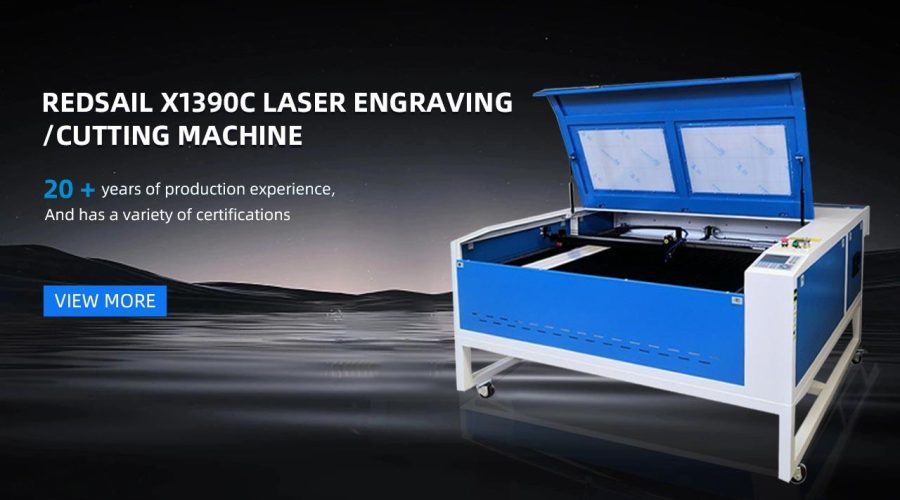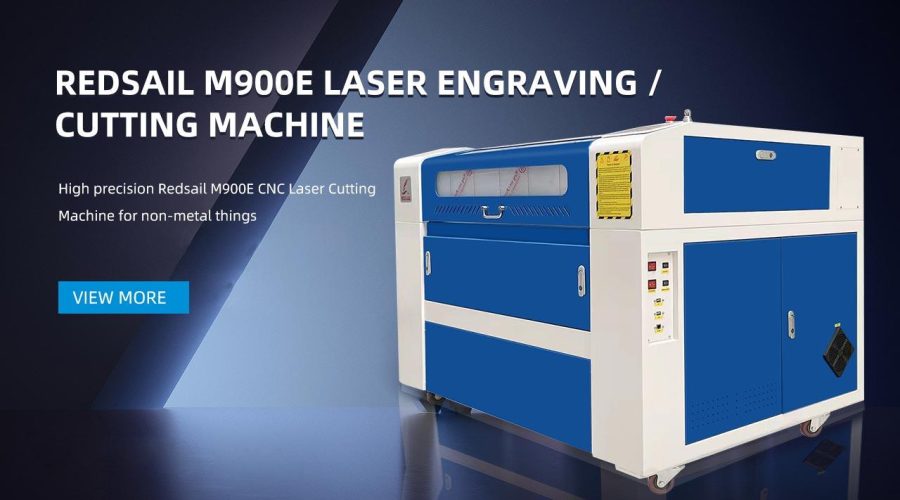What Makes the Best Enclosed Laser Engraver a Top Choice for Precision and Safety?
The Importance of an Enclosed Laser Engraver
An enclosed laser engraver is an essential tool for professionals and hobbyists alike who seek precision and safety in their engraving projects. Whether it’s engraving intricate designs on wood, metal, or other materials, an enclosed laser engraver offers several advantages over open-air engraving machines.
- Enhanced Safety: An enclosed laser engraver provides a safe working environment by preventing accidental exposure to laser radiation. This ensures the well-being of the operator and eliminates the risk of eye damage or skin burns.
- Improved Precision: The enclosed design of these engravers helps minimize vibrations and external disturbances, allowing for precise and consistent engraving results. This is particularly important when working on delicate or intricate designs.
- Mitigated Fire Hazards: The enclosed nature of the engraver helps contain any potential fires caused by combustible materials during the laser engraving process. This adds an extra layer of protection and reduces the risk of accidents.
Key Features to Look for
When choosing the best enclosed laser engraver, certain features contribute to its precision and safety capabilities:
- Class Certification: Ensure that the laser engraver has the appropriate class certification, such as Class 1 or Class 2, indicating its safety level. Class 1 laser engravers offer the highest level of protection.
- Adequate Ventilation: Look for an engraver with a well-designed ventilation system that effectively removes fumes and prevents the accumulation of potentially harmful gases, ensuring a safe working environment.
- Quality Construction: Opt for a sturdy and durable enclosure made from high-quality materials, as this ensures stable performance, reduces vibration, and provides long-term reliability.
- Advanced Laser Control: A top-notch enclosed laser engraver should offer precise laser control options, including adjustable power settings, focus control, and engraving speed. This allows for customization and optimal results across various materials.
- User-Friendly Interface: Look for an engraver that offers an intuitive user interface, making it easy to operate and program. Features like touchscreen displays and user-friendly software enhance the overall experience.
The Advantages of Precision and Safety
The combination of precision and safety that the best enclosed laser engravers offer is invaluable for professionals and hobbyists alike:
- Precise Results: An enclosed laser engraver ensures consistent and accurate results, allowing you to achieve intricate designs with fine details. The stability provided by the enclosure minimizes any movements or vibrations that could compromise the quality of the engraving.
- Safe Working Environment: By preventing exposure to laser radiation, an enclosed engraver eliminates the risk of injuries and provides a safe working environment. This allows you to focus on your engraving projects with peace of mind.
- Expanded Range of Materials: With a focus on precision and safety, enclosed laser engravers can work with a wide range of materials, including wood, acrylic, leather, and metal. This versatility opens up numerous opportunities for creativity and diverse engraving projects.
Frequently Asked Questions (FAQs)
1. Can an enclosed laser engraver be used for industrial purposes?
Yes, many enclosed laser engravers are designed for industrial use. They offer higher power options, larger working areas, and robust construction suitable for heavy-duty applications.
2. Are there any restrictions on the size of materials that can be engraved with an enclosed laser engraver?
The size of materials that can be engraved depends on the specific model of the engraver. Most enclosed laser engravers come in various sizes, so you can choose one that fits your needs and the dimensions of your desired materials.
3. Is enclosed laser engraving suitable for beginners?
Enclosed laser engravers are suitable for beginners as they prioritize safety and often include user-friendly interfaces. However, it’s essential to receive proper training or read the provided manuals to ensure safe operation and optimal results.





